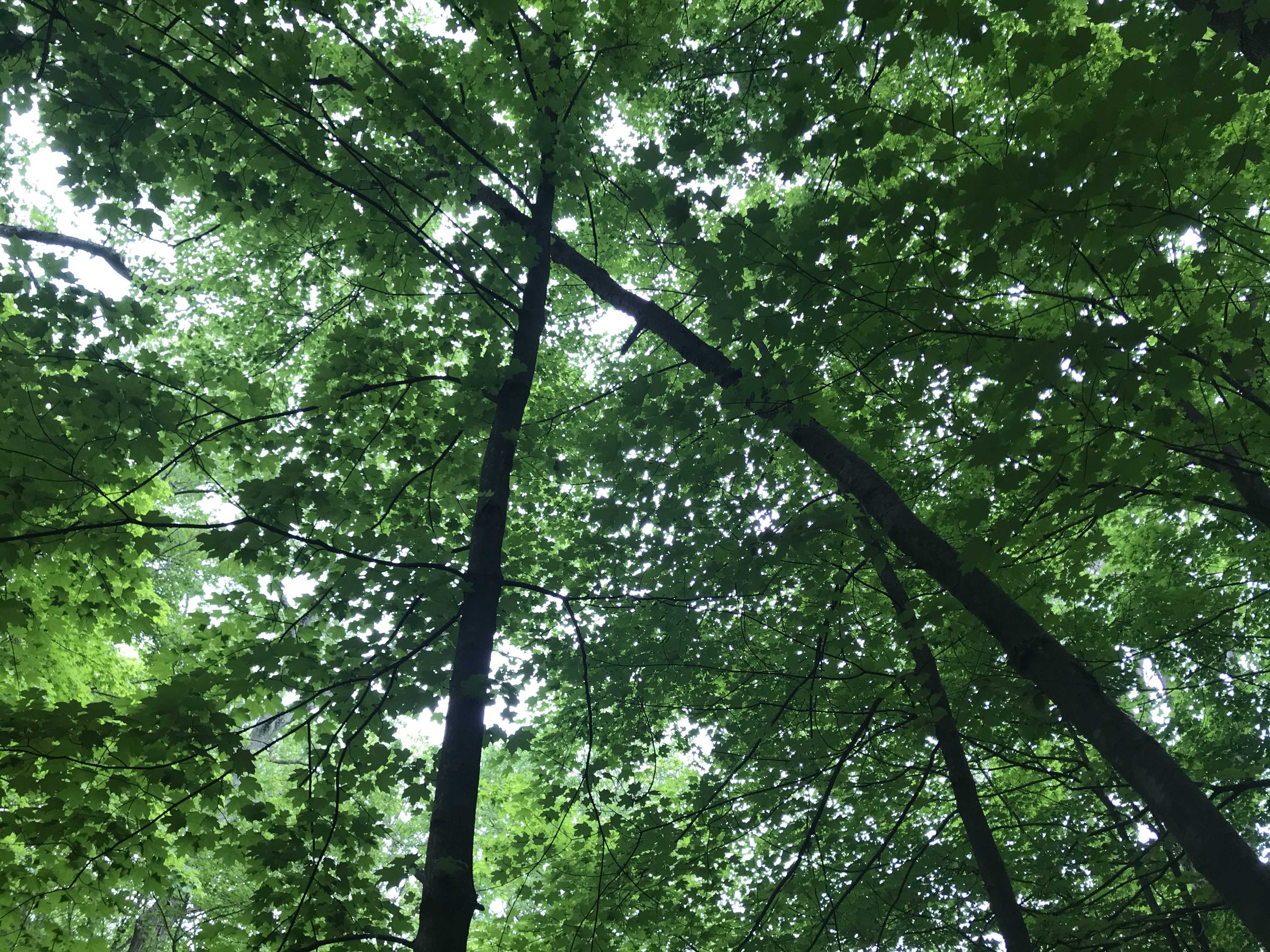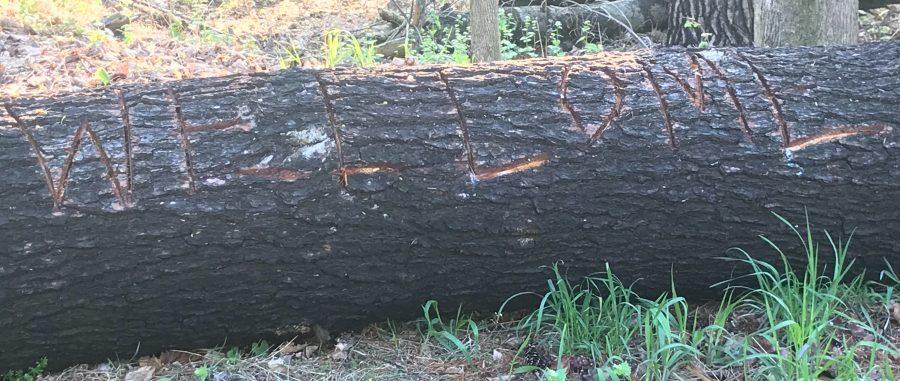The gradual easing of Covid 19 restrictions after Memorial Day’s official start of summer brings a welcome breath of fresh air. And that the air is less polluted these days after our collective sheltering-at-home leads me to wonder about some of the other benefits to be mined from this period of time.
Mental health professionals recommend spending time outdoors in nature as a way to keep balanced through the uncertainty of these pandemic months. Nature is therapeutic as the naturalist John Muir noted when he said, “nature’s peace will flow into you as sunshine flows through trees.”
“The poetry of earth is never dead” wrote the Englishman John Keats about the noise made by crickets and grasshoppers in winter and summer. That line came to me as I stood by a bog in Depew Park listening to the cacophony of green frogs on a recent morning. The sound is reminiscent of clanging pots and pans or the plucking of a loose banjo string. That ‘music’ along with the songs of birds delights one’s sense of sound and can be tremendously soothing.
[wpvideo xeBjlrxI]
It was the absence of birdsong that inspired Rachel Carson to write Silent Spring in 1962, documenting the use of pesticides such as DDT and its impact on the environment. Her book was credited with the forming of environmental consciousness. Nine years later, Dr. Seuss published The Lorax, a story about a creature who speaks in defense of nature and trees in particular. The cautionary tale is told in typical Seuss fashion of catchy rhymes. And like the chemical industry that took offense at Carson’s Silent Spring, the logging industry had an issue with Seuss’ book. “I am the Lorax, I speak for the trees. I speak for the trees, for the trees have no tongues.” The story goes on to identify all the destruction that happens when trees come down. Sitting beneath a canopy of trees in Depew and staring upward delights one’s sense of sight and brings to mind the ways we are all part of one fragile ecosystem called earth.

What the pandemic has brought front and center is this interconnectedness. “Covid-19 is a reminder that we’re all the same and that we’re all united by our humanity and our ability to live in this world,” NYC emergency room doctor Alexander Fortenko said. That observation echoes what has been evident in nature for millennia and what we humans are finally beginning to grasp.
It was Isaac Newton and other Enlightenment thinkers who gave us the notion that we’re all separate, disconnected individuals. But we’re seeing that the world works in far more complex and mysterious ways that involve quantum entanglement and hypercomplex ecosystems woven together to create one fabric. We are experiencing that slight changes in initial conditions can have enormous consequences evidenced in our cleaner air as a result of people working from home and limiting travel.
We are also discovering the myriad ways of being present to another even as we are apart physically. The intricate infrastructures of communication platforms allowing people to see each other and their homes, virtually, can be a conduit for meaningful connection. These new ways of communicating will never replace the in-person contact, but they allow us to not feel so isolated. There are families that are seeing each other more often than they ever did before, but on the computer screen. There are weddings, showers, religious services, funerals, conferences all happening on screens and giving us the opportunity for meaningful conversations. May we never ease up on what was kindled during this pandemic when it comes to interpersonal relationships and appreciation of nature’s restorative powers.



